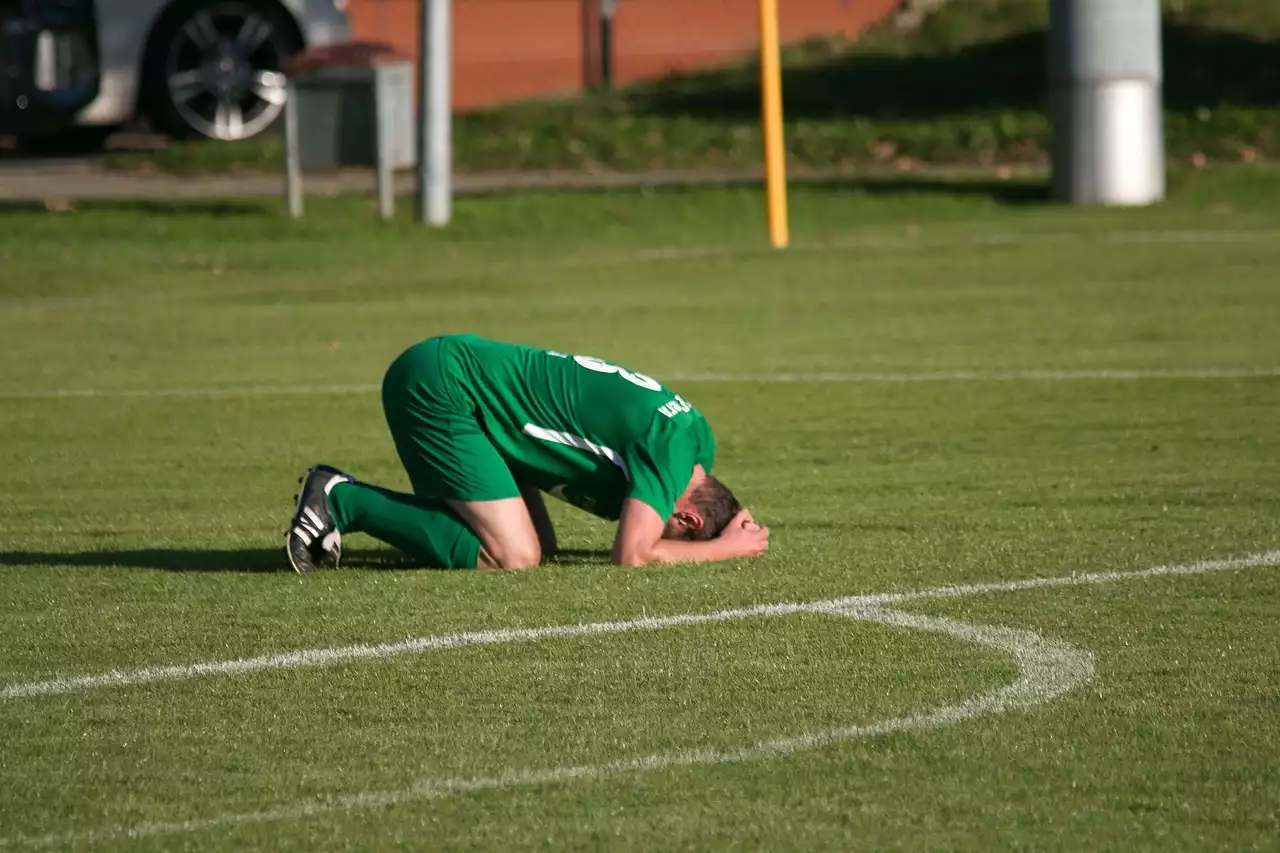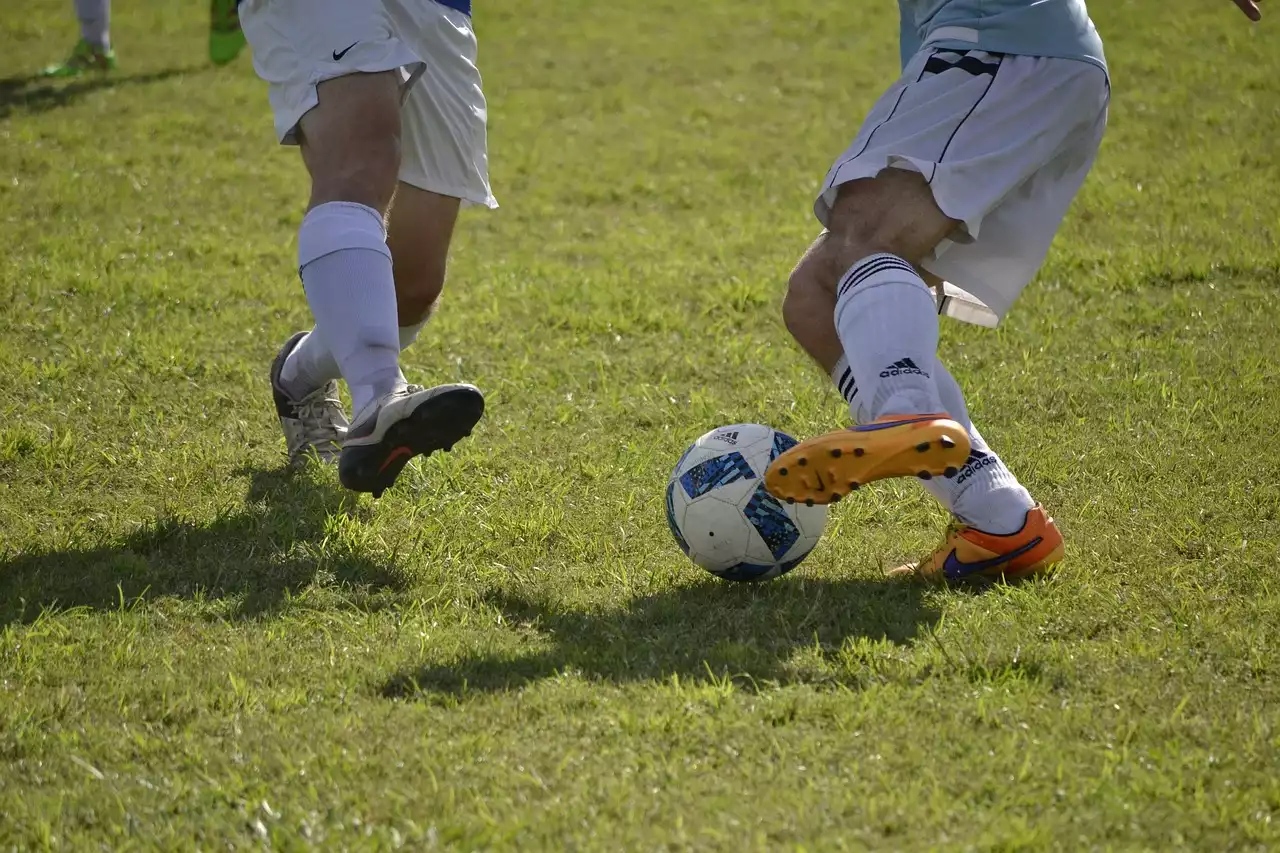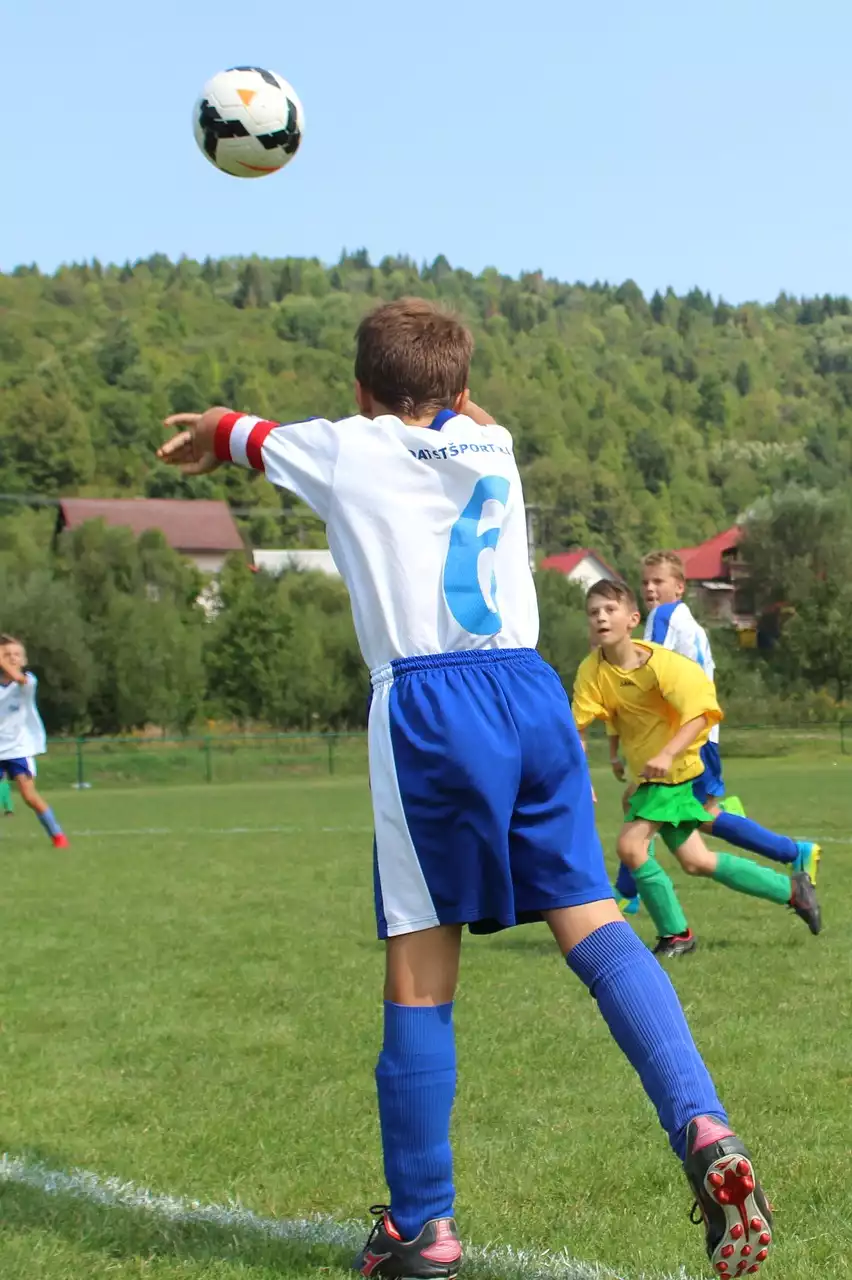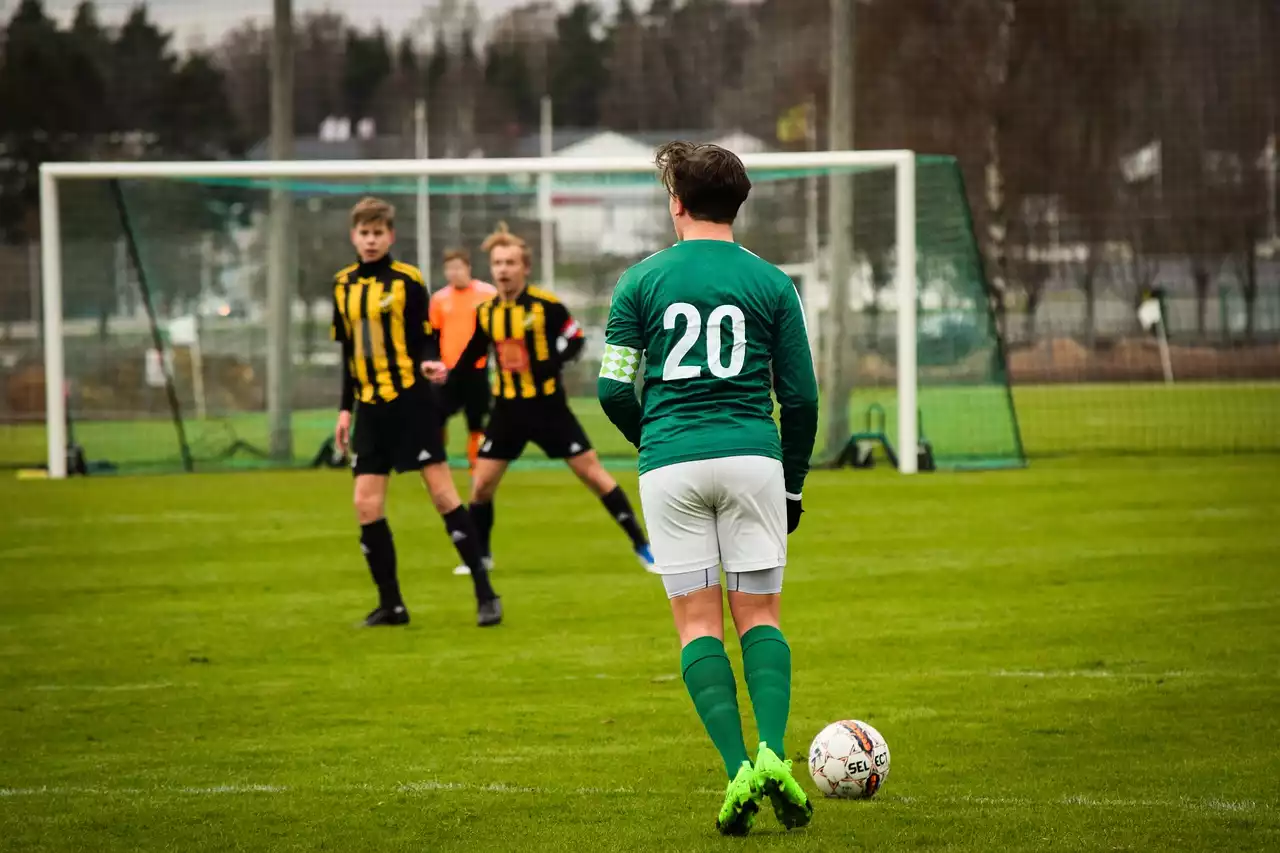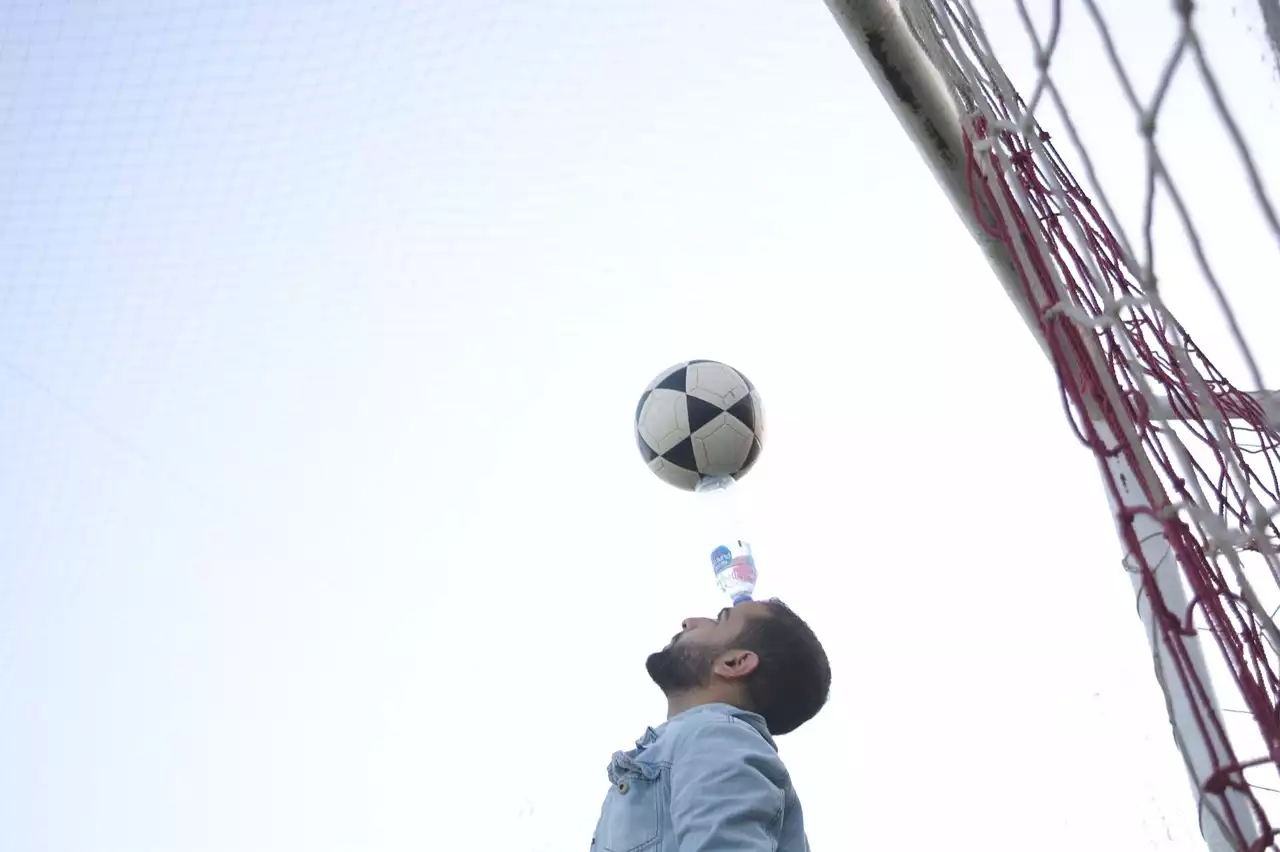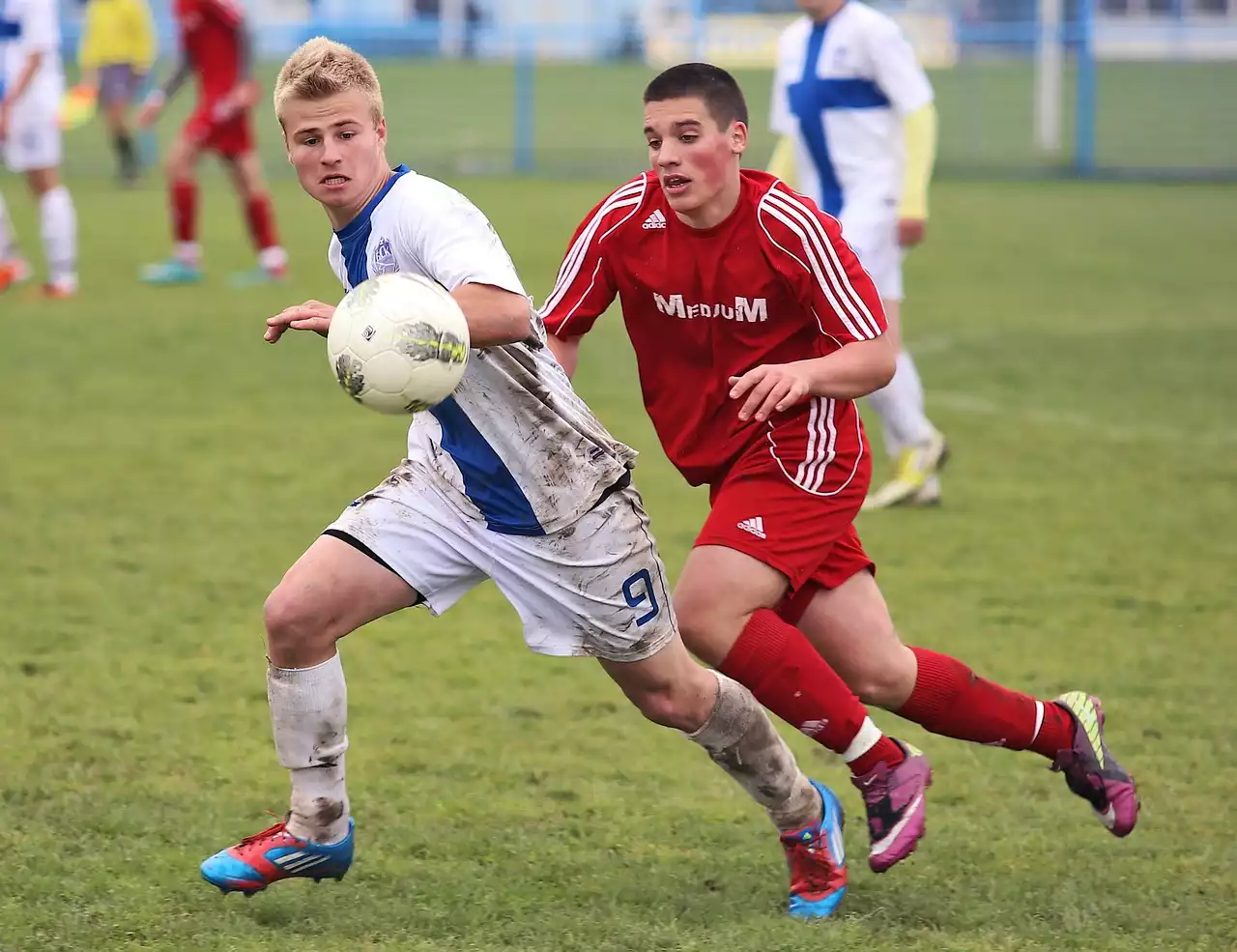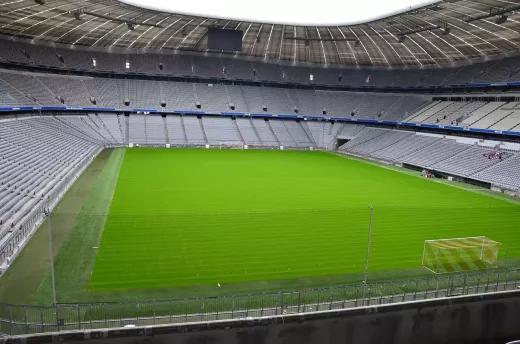What is Penalty Taking in Soccer?
Penalty-taking in soccer is the act of shooting at the goal from the penalty spot, which is located 12 yards away from the goal. Penalty-taking is an important part of the game and it can be the difference between winning or losing a match. It requires a great deal of skill, confidence, and accuracy to be a successful penalty taker. It is a skill that requires a lot of practice and dedication to perfect.
The rules of penalty-taking are simple. The penalty taker must stand still until the ball is kicked, and they must shoot the ball forward toward the goal. If the ball touches the crossbar or goes in, it is a goal. If it does not, the opposing team gets possession of the ball. The penalty taker must also make sure to not touch the ball with their hands, or else the referee will award a free kick to the opposing team.
Penalty-Taking Drills and Techniques
There are a variety of drills and techniques that can help improve a player's penalty-taking skills. One of the most effective drills is known as the "penalty box drill". This drill requires the player to stand in a penalty box and practice shooting at different spots in the goal. The player should aim for different parts of the goal, such as the near post, far post, and top corner. This drill helps to improve the player's accuracy and precision when shooting.
Another helpful drill is the "penalty wall drill". This requires the player to stand a few yards away from a wall and practice shooting at different spots on the wall. The player should aim for different parts of the wall, such as the near post, far post, and top corner. This drill helps to improve the player's accuracy when shooting and it also helps to build confidence in their ability to place the ball in the goal.
Tips For Successful Penalty Taking
It's important to keep a few tips in mind when practicing penalty taking. The first tip is to make sure to practice in a low-pressure environment. This will help the player to feel more relaxed and they will be able to focus better. The second tip is to practice with a partner. Having a partner to practice with can help to motivate the player and to simulate a real-life penalty situation. The third tip is to practice visualization. Visualizing the penalty before taking it can help to give the player an idea of where they want to place the ball and how to do it.
The fourth tip is to take the penalty with confidence. Penalty takers must stay composed and confident to score. The fifth tip is to practice penalty-taking with different types of balls. Different types of balls, such as harder or softer balls, will require different techniques to shoot. Lastly, penalty takers should practice shooting from different angles. This will help them to better prepare for different scenarios in a game.
Video Analysis to Improve Penalty-Taking Skills
Video analysis can be a great tool to help improve penalty-taking skills. It can help players to analyze their performance and identify areas where they can improve. Video analysis can also help players to understand their opponent's penalty-taking technique and be better prepared to defend against it.
Video analysis can be done with the help of a coach or an assistant. The coach or assistant can record the player's penalty taking and then analyze it afterward. They can then provide feedback on the player's technique and suggest improvements. This can be an invaluable tool for improving a player's penalty-taking skills.
Mental Preparation for Penalty Taking
Penalty taking is a highly mental task. It requires the player to stay composed and focused to score. It is important for players to mentally prepare for penalty-taking to maximize their chances of success. One way to do this is to practice visualization. Visualization is a mental exercise where the player imagines themselves taking the penalty and then visualizes the ball going into the goal. This can help to boost their confidence and make them feel more prepared for the actual penalty taking.
Another way to prepare mentally for penalty-taking is to practice positive self-talk. Positive self-talk is when a player positively talks to themselves before taking the penalty. This can help to boost their confidence and make them feel more prepared. Players should also practice deep breathing exercises before taking the penalty to stay calm and focused.
The Importance of Goalkeepers in Penalty Taking
Goalkeepers are also an important part of penalty-taking. They must be alert and prepared to save a penalty. Goalkeepers should focus on their positioning and timing when saving penalties. They should also practice visualization and be prepared to react quickly to save the penalty.
Goalkeepers should also practice their reflexes and reactions. They should practice saving different types of shots and be prepared for any situation. They should also practice saving from different angles, as this can help them to be better prepared for any scenario.
The Difference Between Practice and Real-life Penalty Taking
Practicing penalty taking is important, but it is also important to remember that there is a difference between practice and real-life penalty taking. In practice, the player has the opportunity to reset and try again if they make a mistake. In a game situation, the player only has one chance to get it right. This is why players need to practice under pressure and be prepared for any situation.
It is also important to remember that the pressure of a real-life penalty situation can be overwhelming. Players must be prepared to stay composed and focused on the task at hand. They must also be prepared to handle any unexpected scenarios, such as a goalkeeper saving the penalty or the ball going wide of the goal.
